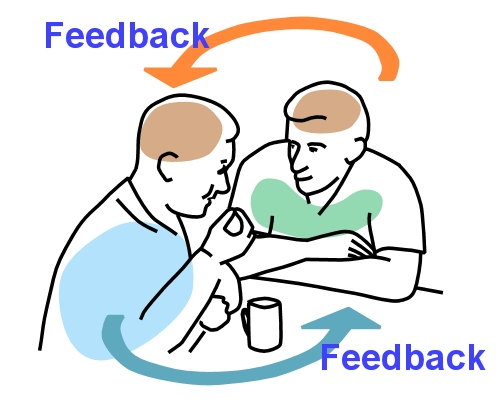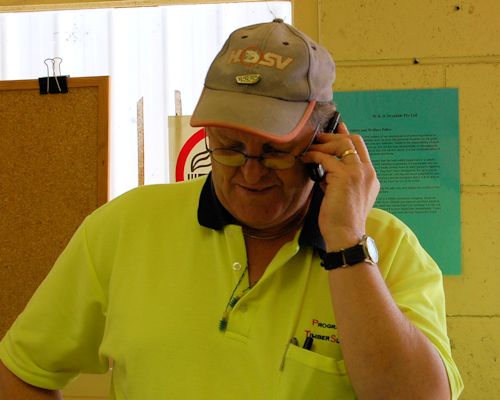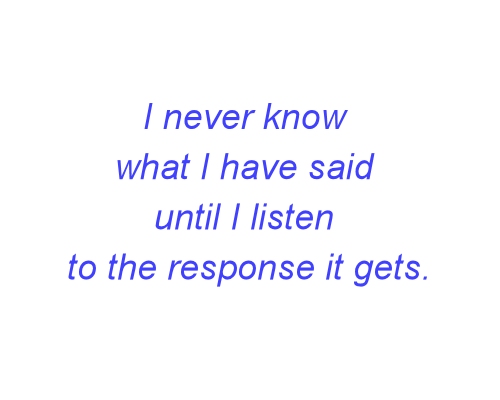Verbal communication
 Audio for slide 2 (mp3 |6|KB)
Audio for slide 2 (mp3 |6|KB)
However, its disadvantages are that:
- spoken words can sometimes be misheard, especially if you're in a noisy area or you don't share the same language accent
- the whole message might not always get through, particularly if the speaker is in a hurry.
Nonetheless, verbal communication is used everywhere. It is the simplest and quickest way of having a conversation, and of giving instructions or discussing issues on the spot.

 Audio for slide 3 (mp3 |6|KB)
Audio for slide 3 (mp3 |6|KB)
Good verbal communication
Good verbal communication doesn't just happen - it requires work from both the speaker (sender of the message), and the listener (receiver of the message).
The sender needs to make sure the other person understands what they're saying, and the receiver needs to concentrate on what's being said, and clarify anything that doesn't make sense.
This two-way process requires feedback from both people.
If there's no feedback, neither of them can be sure that they're both on the same wavelength.

 Audio for slide 5 (mp3 |6|KB)
Audio for slide 5 (mp3 |6|KB)
For example, if you're the speaker, you should look for signals that confirm to you that the listener understands, and invite them to ask questions if they need something clarified.
You should also ask them for feedback once you've finished.
If you're the listener, you could nod to indicate you understand what you're being told, ask questions if you don't, or re-state the main points in your own words to check that you're both in agreement.

 Audio for slide 6 (mp3 |6|KB)
Audio for slide 6 (mp3 |6|KB)
Phone and 2-way radio
There are some situations where you can't see the person you're talking to, such as when you're on the two-way radio or telephone.
In these instances, you need to pay particular attention to the way you express yourself, because all you have to go on are the words you use and the tone of your voice.

 Audio for slide 7 (mp3 |6|KB)
Audio for slide 7 (mp3 |6|KB)
Here are some general hints for using electronic forms of communication to speak to others:
- Pay attention to how clear your voice sounds. Make sure you use good diction, don't mumble your words, and speak into the mouthpiece at a reasonable volume.
- Try to minimise background noise. If you're in a noisy area, move to a quiet location while you're on the call.
- Identify yourself at the beginning of the conversation. Also, if you're phoning someone from outside the company, state the company name as well.


Learning activity
Audio 8 (mp3 |6|KB)Try out the following exercise with a partner.
Think of a topic that interests you, such as something you did on the weekend, a hobby you have, a holiday you've been on recently, etc. Talk about the topic to your partner for three minutes.
Use your watch to time yourself so that you know when to stop.
During this time, your partner's only job is to listen - they're not allowed to interrupt you or ask questions at any time.
When your time limit is up, give your partner two minutes to summarise your story as accurately as possible in their own words. While they're talking, they are not allowed to ask you any questions, and you're not allowed to butt in or correct them.
When you've finished the exercise, swap roles with your partner and do it again.
Then answer the following questions:
- How accurate were your summaries of each other's story?
- What's it like to be the listener and be unable to ask questions?
- Are there any hints from this exercise that you can apply to your own listening skills?







